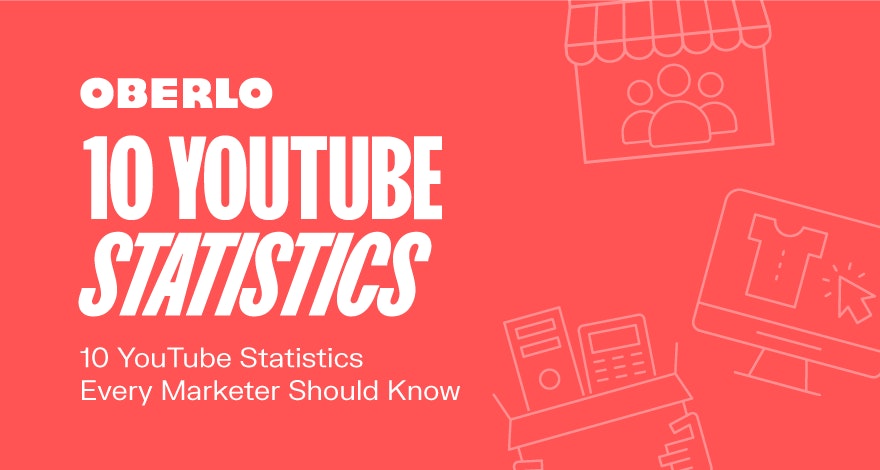
A Museum Study is a process to improve cultural institutions as well as their staff. It is a proven technique that strengthens cultural groups and builds better cultural institutions. It is also a cost-effective way to ensure the success of your museum. It is used by many organizations both in the U.S.A. and internationally. Visit the website for more information. This article will help to decide if a Museum Study would be a good fit for your organization.
The process of museum study is complex and requires many steps. A degree in this field will give students the skills necessary to create exhibits. For instance, students will learn how to preserve archival materials, preserving them for redistribution, and growing an archive. The International Council of Museums estimates that there are 55,000 museums worldwide. A graduate degree with museum studies is a prerequisite to employment as a curator. Museum professionals usually hold advanced degrees.

The study of museums can have many disciplinary implications. There are two main areas of museum studies. The first branch is museology. It deals with both the history of art, and anthropology. This area of study examines the changing relationships between museum visitors and the museum. History, which focuses on the creation of cultural heritage, is the second branch. This field is applicable to many other fields regardless of what field it may be.
This program covers both the practical and theoretical aspects of museum management. For the most effective learning in museum management, faculty with experience at Tate Modern, the Metropolitan Museum of Art, and the Art Institute of Chicago are the best. The fourth branch deals with cultural heritage law, education, and policy. The sixth branch, which emphasizes the development of the cultural heritage, will explore the importance of museums and the history of cultural history. A strong foundation in museum research will prepare the student for the job marketplace.
Besides the certificate, the M.A. It is a great way for you to grow your museum studies career. It is an ideal course for people who want to pursue a career in the museum industry. You can also improve your professional skills through this course. In fact, you will gain knowledge and skills that you can use in your field. It is not necessary to hold a degree. All you need to do is apply for the program, and start studying. You will find it much simpler than you imagined!

If you're interested in a career in the museum industry, you can pursue a Master's degree in museum studies at the University of Leicester in the UK. An undergraduate degree in history, or a closely related field, is required for this degree. Many programs require you to complete an internship prior to graduation. The internship will give you valuable hands-on experiences. And once you've graduated, you can begin working in the field immediately! This program isn't for people without a history or education background.
FAQ
Do I need a team, or can I do content marketing alone?
This question will depend on your experience, budget, and skill set. You may need to learn how you can do the job yourself if you don’t want to hire someone.
A support system is essential if you want to be successful in content marketing.
A good content strategist or agency can save you time and money while helping you get results faster.
You will not succeed if you aren't willing to work hard, provide high-quality content every day and stay on top of the changing trends. A solid content strategy is crucial.
What is the difference in content marketing and content creation?
Content marketing is the belief that all great brands share the same message. They deliver valuable information that people desire and need.
Content marketers understand how to create the best content for each channel at various times.
They also have the ability to devise a plan for distribution and promotion.
That is, they think strategically about the things they do and what it means.
This is the foundation skill set required to be a successful content marketing professional.
How many hours per week should content marketing take?
It all depends on what your situation is. It may not be necessary to invest much time in content marketing. However, if you want to drive traffic to your site you will likely need to dedicate at least one hour per day.
What is strategic copy marketing?
Content marketing is the art and science of creating useful content that others can share on various channels. It's about giving people the things they want. This is what makes the most successful businesses.
Strategic Content Marketing ensures you give them exactly what they need at the right time.
To understand people's interests and their thinking, you must first get to know them. Next, you need to create high-quality content which answers their questions or solves their problems. This builds trust and loyalty, and makes sure you're always available when they need your product/service.
What are the benefits from content marketing
Content marketing helps drive leads and sales by creating high-quality content. Content marketing also provides a steady stream of fresh, original content that can be used to promote products and services. Content marketing is a great way to increase brand awareness and trust among potential customers. Your company's image is enhanced by content marketing.
How does content marketing work
Content marketing works when you create value-added, engaging content.
You build relationships with your audience by providing useful information, solving problems, entertaining, or engaging them. Positive messages from brands that they trust and know are appreciated by people.
People love reading about things they are interested in. Write something interesting and your readers will come back for more.
Your content should drive people to take action - whether buying your product, signing up for your newsletter, visiting your website, or sharing your article via social media.
A compelling copy is the key to effective content marketing. It should engage your target market, and provide them with the information that they require.
Statistics
- According to research compiled by Coschedule: Companies that publish 16+ blog posts a month get as much as 3.5x as much traffic as those that publish 0-4 posts a month. (criteo.com)
- This marketing strategy landed Ford a 15.4% conversion rate. (neilpatel.com)
- Forty-seven percent of buyers view 3 to 5 pieces of content before engaging with a sales representative. (mailchimp.com)
- An example of an overarching goal could be: "In 2022, we want to achieve a 20% increase in revenue created by organic content and generate 15,000 MQLs with a budget of $30,000." (semrush.com)
- Content marketing produces 3X more leads per dollar spent. Content marketing costs 62% less than traditional marketing. (criteo.com)
- Companies that use content marketing see approximately 30% higher growth rates than businesses not using it. (mailchimp.com)
- According to the Content Marketing Institute, 70% of B2B marketers and 86% of B2C marketers surveyed use content marketing in some form or other. (criteo.com)
- According to our research, 65% of companies with very successful content marketing in 2021 ran content audits at least twice a year. (semrush.com)
External Links
How To
How do I create a content-marketing strategy?
Understanding what content you want to create is the first step. Once you've established your content goals, it's time for you to begin creating content. This may mean developing an editorial calendar and planning where these pieces will come from. Content should always be purposeful. It doesn’t matter whether you’re writing blog posts, social media updates or e-books; they all need to serve one purpose.
Once you have determined the content you want and who you are targeting, you need to know who they are. So who are they interested in, and why would they care about whatever you're offering them?
After identifying your target market, next comes finding ways to communicate with them. Social media platforms are an excellent way to connect with people, but other options exist, such as videos, podcasts, webinars, etc.
The next step after deciding how to communicate with your market is to decide what topics or types of content you want. This is how you will determine the reason for writing the content. What problem does it solve Does it help? Is it going to make their lives easier?
Now that you know what kind of content you write, it's time to figure out what you want to say. Do you want to share information about your industry? On current events? Which products and services are you most interested in? Your focus is determined by your answer to this query.
Finally, after you've answered the questions, it is now time to combine everything in one package.
You want every piece you create to serve its purpose. You don’t want to waste anybody’s time or energy. So make sure that you include quality in every aspect of your content.
A great content marketing strategy is not complete without many moving parts.